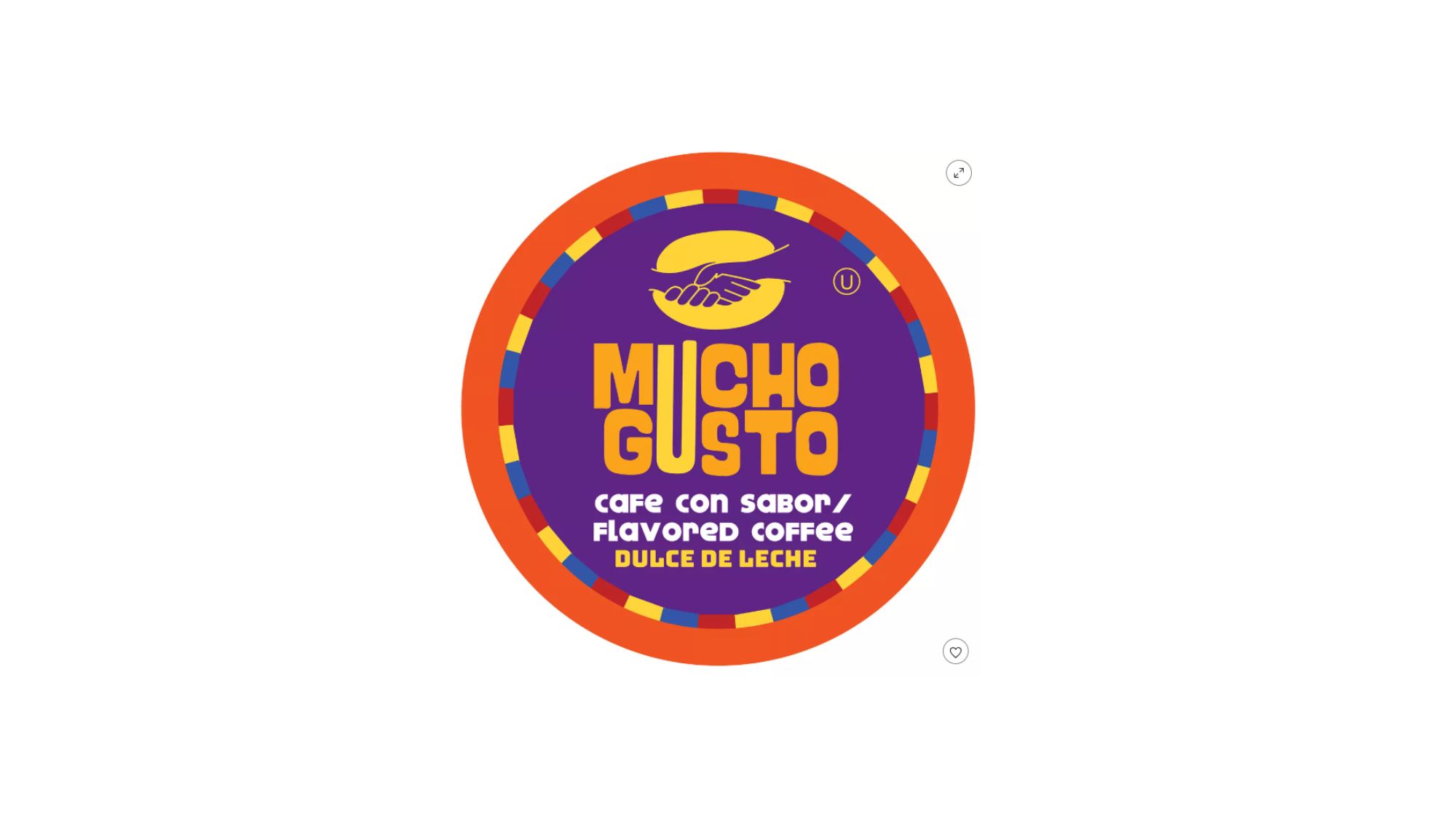Over on Reddit, another language debate has users asking: “How do you call ‘dulce de leche’ in your country?” Surprisingly, users from around Latin America came up with over a handful of ways to say it. Agreeing on the treat’s origins? Well, that’s another story.
@sweetandsavorybyshinee Homemade dulce de leche is such a satisfying and easy treat to make at home! 2 most important tips: 1️⃣ Be sure water level never goes down to expose the cans. 2️⃣ Let the cans cool completely before opening it. I usually cool them overnight. What’s your favorite way to eat dulce de leche? I like to fill 2 ritz crackers with for a quick dessert. ???? #homemadedulcedeleche #dulcedeleche #howtomakedulcedeleche
♬ Good Vibes (Instrumental) – Ellen Once Again
A Debated Origin Story
Dulce de leche, literally translating to “sweet milk” in Spanish, is a caramel-like confection made by slowly heating milk and sugar until it thickens into a rich, golden spread. But its origin story is widely debated, with Argentina and Uruguay claiming to be its country of origin. In fact, in April, 2003, Argentina declared dulce de leche a traditional Argentinean product, but Uruguay got in the way.
According to a TED Case Study by Kenia Mendoza, the Uruguayan parliament decided to take the issue to UNESCO for the sweet “to be protected for both countries so that both can benefit from protection of their cultural history and from the economic benefits that the exports of this product can have.”
However, in 2018, international media covering the “Dulce de Leche War” reported that Bolivia, Brazil, Chile, and Paraguay joined “the Uruguayan position” and proposed a common front to “stop Argentina’s intention to appropriate cultural assets from the region.”
@cinefiloboliviano ¿Cuántas veces viste el video? ???????? #cinefiloboliviano #anyataylorjoy #dulcedeleche #argentina #acento
♬ sonido original – cinefiloboliviano
Who Invented Dulce de Leche?
Today, the jury is still out on this one. Different countries in Latin America still dispute the origins of dulce de leche. “There are even some Europeans that claim that in 1804, Napoleon’s cook accidentally invented the delicious treat by heating up milk and sugar for too long,” Culture Trip explains.
Then there’s a theory by Historian Daniel Balmaceda, who says a type of dulce de leche was originally created in Indonesia, and taken to the Philippines around the 16th century. “The ancient recipe from Indonesia was brought to the Philippine Islands, belonging to the Spanish crown. There, the natives called it ‘dulce gatas,’” the Spanish outlet El Cronista writes.
RELATED POST: The Maria Cookie’s Fake Legend
According to Balmaceda, Spain introduced the flavor to Europe and later to the Americas. Just don’t tell Argentina or Uruguay. Their governements don’t exactly agree with this origin story.
@lalitabonita Mcdonalds released a dulce de leche frappe lets try it #mcdonalds #dulcedeleche #dulcedelechefrappe
♬ original sound – lali
What Do You Call It?
While the countries debate the sweet’s origin story, millions of us have been loving dulce de leche since we were kids. But, as it turns out with many things in Latin America, we call it a different name, depending on where we’re from. Here’s a breakdown of the many names for dulce de leche, according to its location:
Arequipe – Colombia (“There’s arequipe and also manjar blanco, but the latter is different as it’s paler and drier,” a Reddit user from Colombia explains.)
Cajeta – Nicaragua (“If it’s solid. If it’s a liquid, it’s ‘dulce de leche,'” another Reddit user writes.)
Doce de leite – Brazil
Dulce de Leche – Argentina, Dominican Republic, Puerto Rico, and Uruguay
Jamoncillo or Cajeta – Mexico
Manjarblanco – Peru
Manjar Blanco – Panama (“It’s a bit grittier than dulce de leche and less sweet,” a Panamanian Reddit user explains.)
Manjar – Bolivia and Chile (“I have many many tons of manjar in my tummy, and it shows,” my Chilean friend, Guillermo, told me this week.)
Dulce de Leche in the Mainstream
Some say dulce de leche tastes better than caramel or chocolate. And by “some,” I mean me. I say it’s way better than any sweet out there. Of course, I grew up with Abuelita’s homemade version of dulce de leche, so I’m partial to its goodness. And it looks like I’m not the only one. May I suggest some pretty good mainstream alternatives to having a traditional spoonful? Here are a few that you’ll love:
Haagen-Dazs Dulce de Leche Ice Cream – Around a pint of this ice cream is less than $5, and I’ve found it everywhere these days, from Publix to Walmart. It’s there.
Mucho Gusto Dulce de Leche Coffee – Move over vanilla coffee. The Mucho Gusto brand at Target now has Dulce De Leche flavor coffee available online and probably at most of its stores.
Goya Dulce de Leche Wafers – For a little snack that calls for cookies, I love these addictive Dulce de Leche Wafers by my friends at Goya. It’s perfect when served with some ice cream. And, yes, I’ve had it alongside of my dulce de leche ice cream.
McCafe’s Dulce de Leche Frappé – According to our friends at McDonalds, the fast food giant just introduced “a deliciously nostalgic treat set to transport you back to abuela’s kitchen, your childhood candy store or the corner panadería.” By the taste of it, McD’s is right. It’s so good, my Abuelita would definitely order one.





